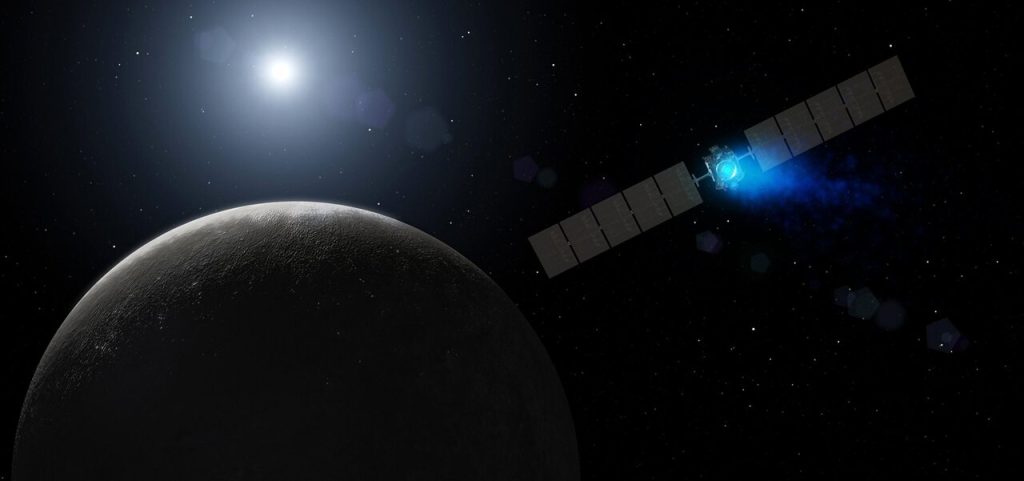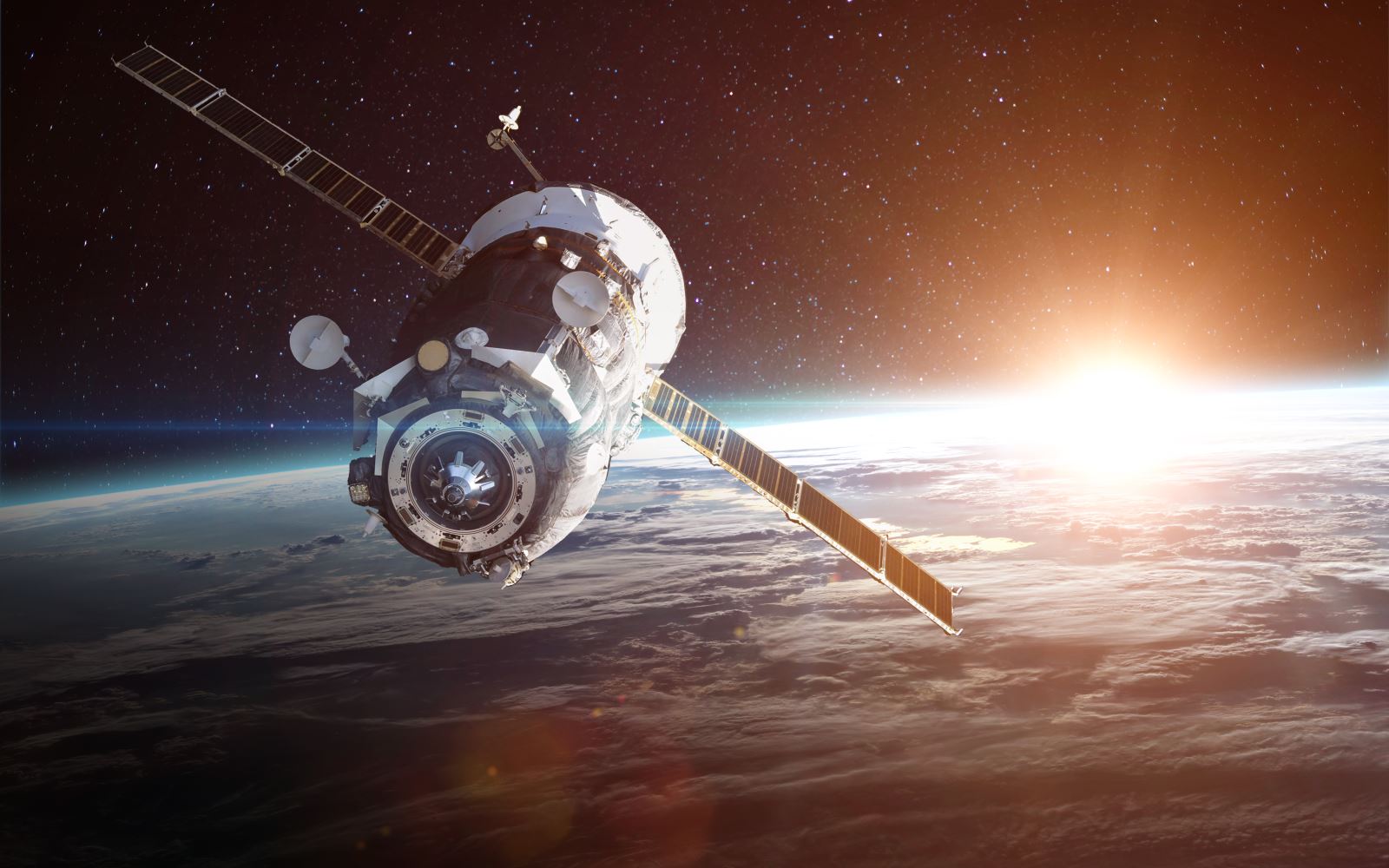Space exploration has always been a fascinating subject for humanity. The idea of venturing beyond our own planet and exploring distant worlds has captivated the imaginations of scientists, engineers, and dreamers alike. In this article, we will delve into the exciting field of interplanetary adventures and the methods used to propel space probes to explore the far reaches of our solar system and beyond.
Understanding the Challenge
Before we can embark on interplanetary adventures, we must comprehend the immense challenges involved in traveling through the vastness of space. The distances between planets are vast, and conventional propulsion systems used on Earth are insufficient for these long journeys. The journey to distant worlds demands innovative technologies and precise calculations to achieve successful missions.
The Role of Gravity Assists
One of the most effective methods used to propel space probes through the solar system is through gravity assists. Also known as “slingshot maneuvers,” this technique takes advantage of a planet’s gravitational pull to accelerate or alter the probe’s trajectory. By carefully planning the probe’s approach and trajectory around a planet, scientists can harness the planet’s gravity to gain speed and change direction efficiently.
Ion Propulsion: Pushing Boundaries
Ion propulsion is another groundbreaking technology that has revolutionized interplanetary exploration. Unlike traditional chemical propulsion, ion propulsion uses ionized particles as propellant. This enables space probes to achieve higher velocities while consuming less fuel, making it ideal for extended missions to distant worlds.
Navigating the Challenges of Communication
As space probes venture further away from Earth, communication becomes a significant challenge. The vast distances result in significant signal delays, which can hinder real-time control and data transmission. Scientists have developed sophisticated communication systems that involve large antennas, data compression techniques, and autonomous navigation to overcome these obstacles.
Powering the Journey: Nuclear Energy

When exploring distant worlds where sunlight is limited, traditional solar panels may not provide sufficient energy to power the space probe. Nuclear power sources, such as radioisotope thermoelectric generators (RTGs), offer a reliable and long-lasting solution. RTGs convert the heat generated from the natural decay of radioactive isotopes into electricity, providing a continuous power supply for extended missions.
Protecting Against Cosmic Hazards
Interplanetary space is not without its dangers. Space probes must withstand various cosmic hazards, such as micrometeoroid impacts, extreme temperatures, and radiation. Advanced shielding and robust construction are crucial to ensure the safety and integrity of the probe during its long journey through the cosmos.
The Mysteries of the Gas Giants
Interplanetary adventures have taken us to explore the gas giants of our solar system: Jupiter and Saturn. These immense planets, shrouded in thick atmospheres and boasting a collection of intriguing moons, have been the subject of numerous successful space missions. Studying these gas giants helps us better understand the formation and evolution of our solar system.
Unraveling the Secrets of Ice Worlds
Beyond the gas giants lie the icy worlds of Uranus and Neptune. These planets present unique challenges due to their extreme cold temperatures and the icy surfaces of their moons. Exploring these distant worlds has provided valuable insights into the composition and characteristics of ice giants, contributing to our understanding of planetary science.
The Enigmatic Dwarf Planets
The realm of interplanetary adventures also includes the enigmatic dwarf planets, such as Pluto and Eris. While smaller than the traditional planets, these celestial bodies hold great significance in understanding the dynamics of our solar system. Visiting these dwarf planets has revealed valuable information about the distant reaches of the Kuiper Belt and beyond.
The Golden Record: Messages from Earth
Some interplanetary missions have taken a unique approach by carrying messages from Earth to potential extraterrestrial beings. The Voyager Golden Record, affixed to the Voyager 1 and 2 probes, contains sounds and images representing the diversity of life and culture on Earth. Although unlikely to encounter alien life, the Golden Record serves as a testament to our curiosity and desire to connect with the cosmos.

Leave a Reply